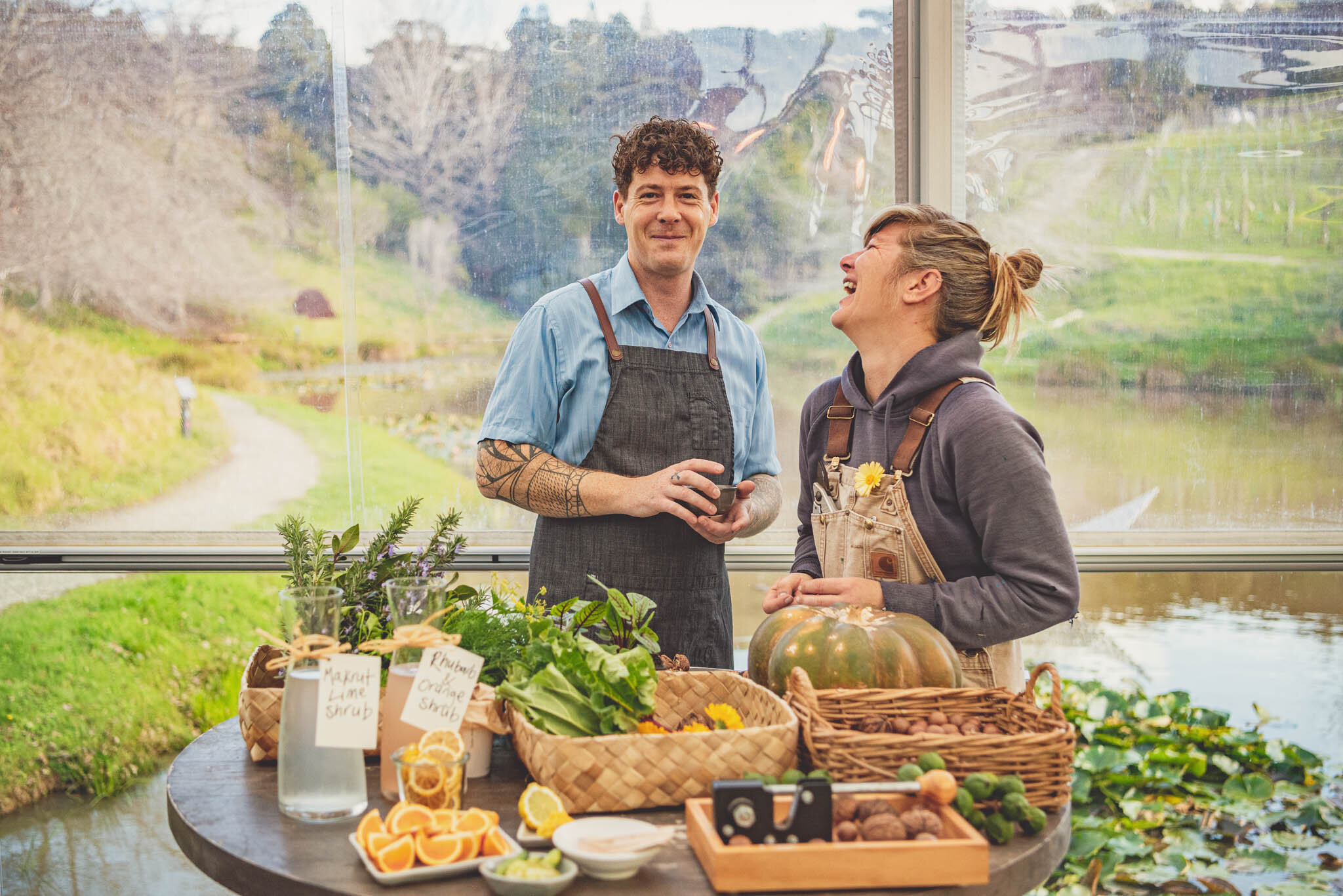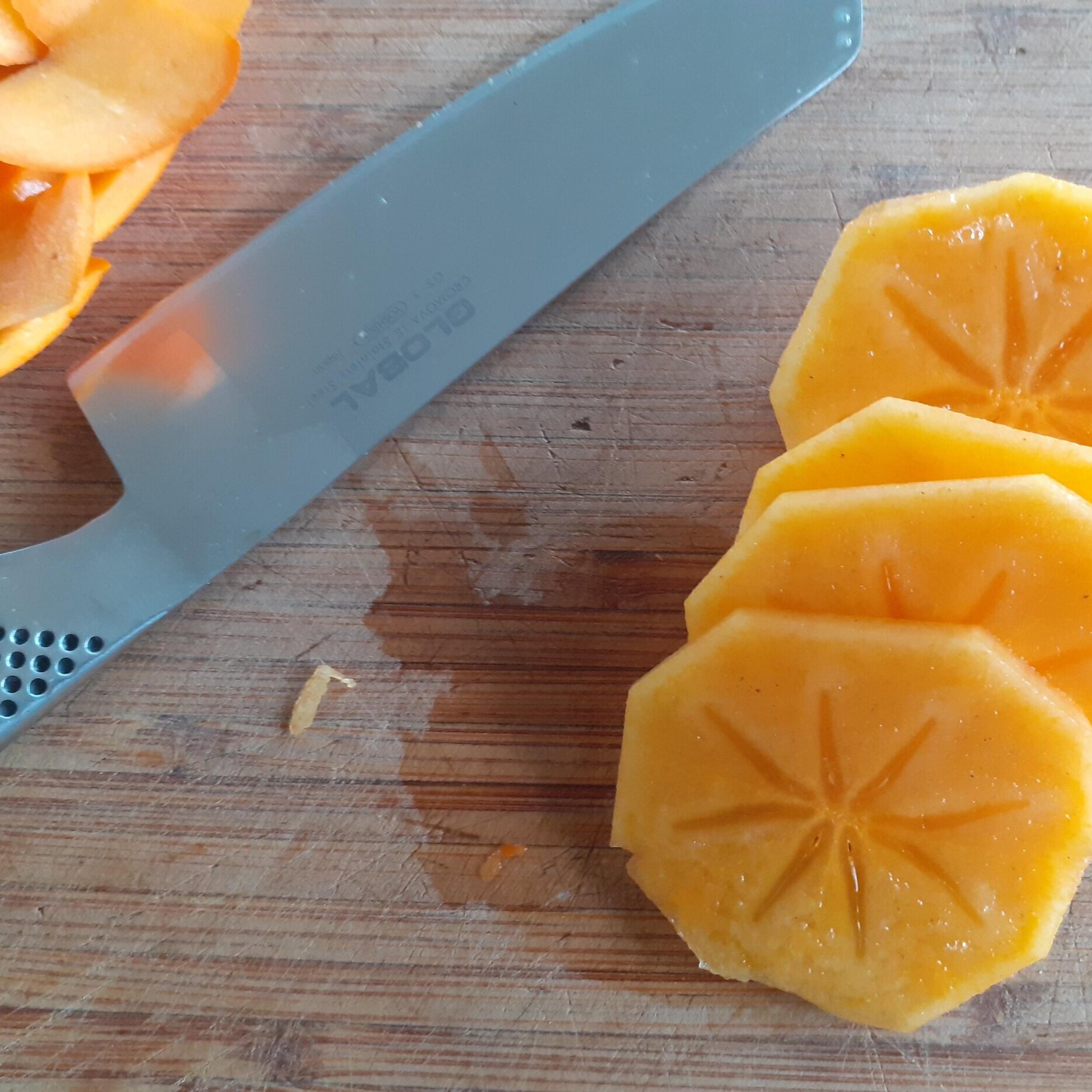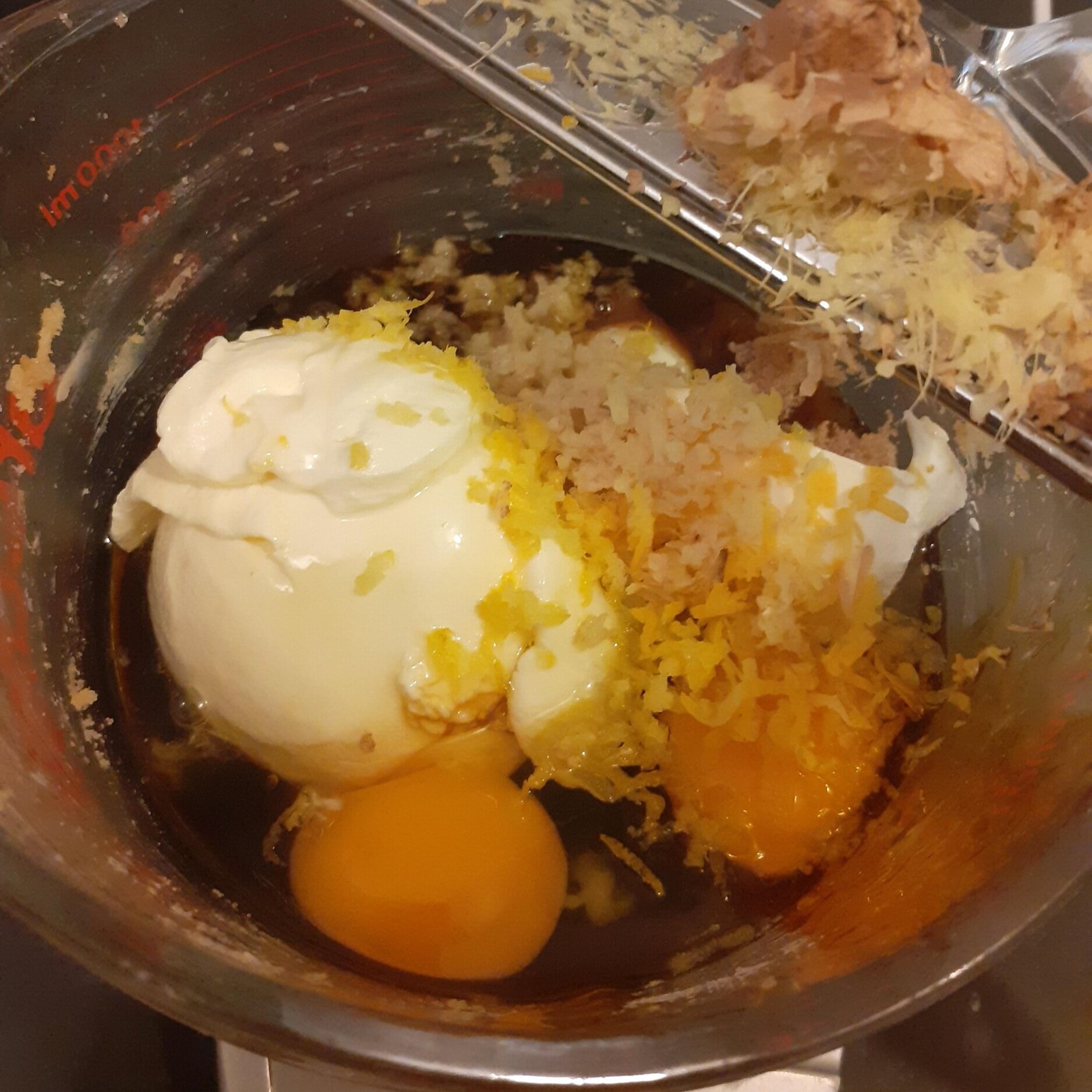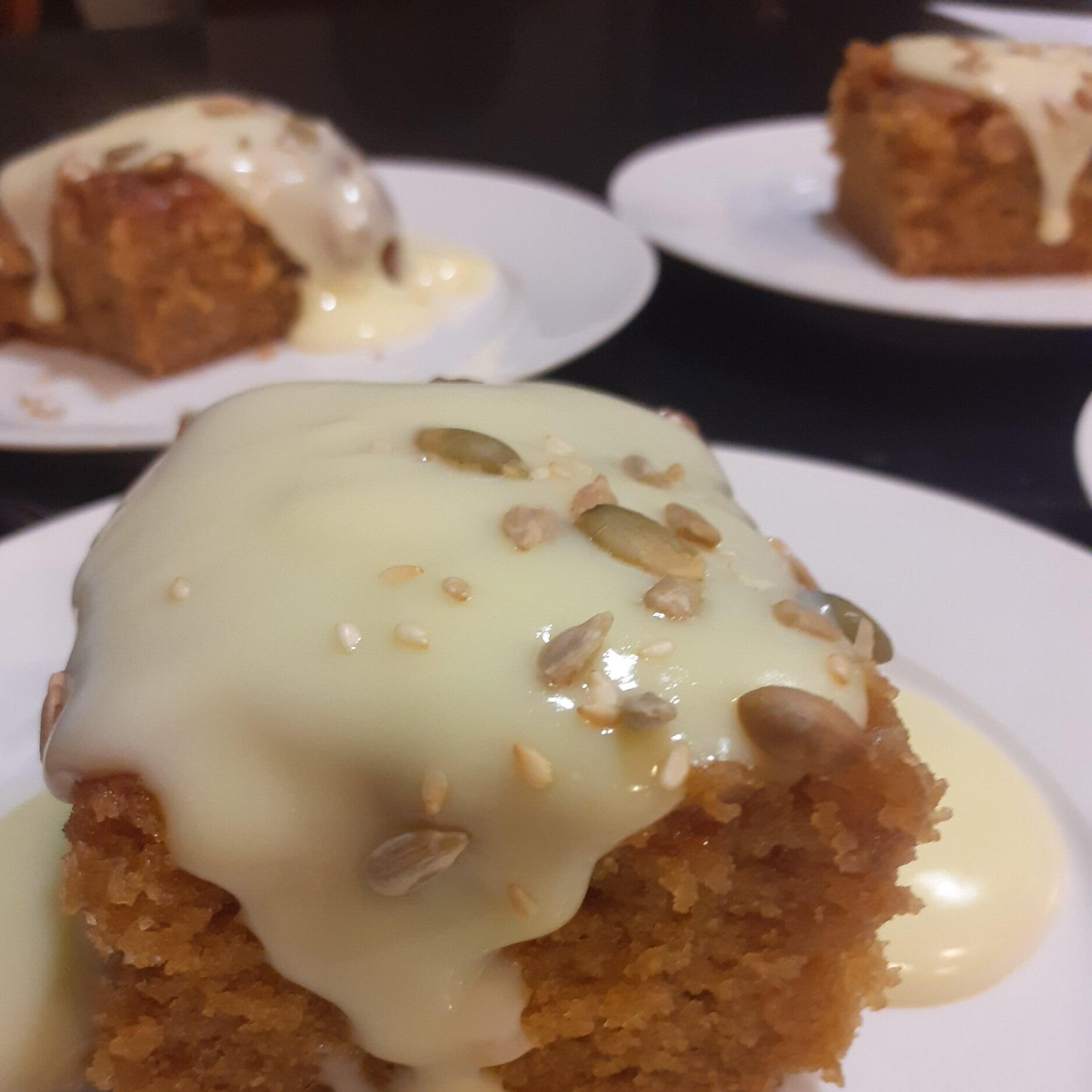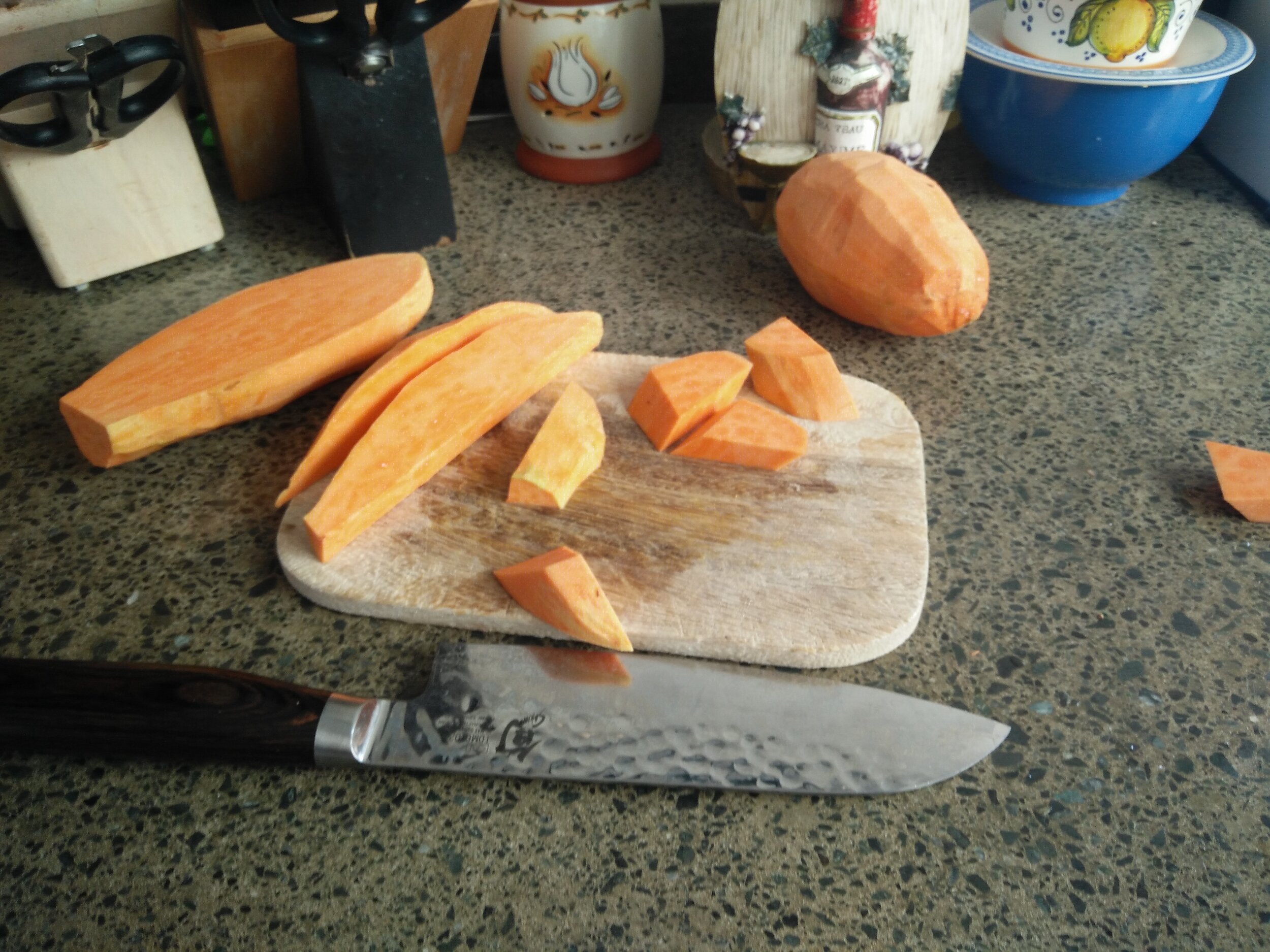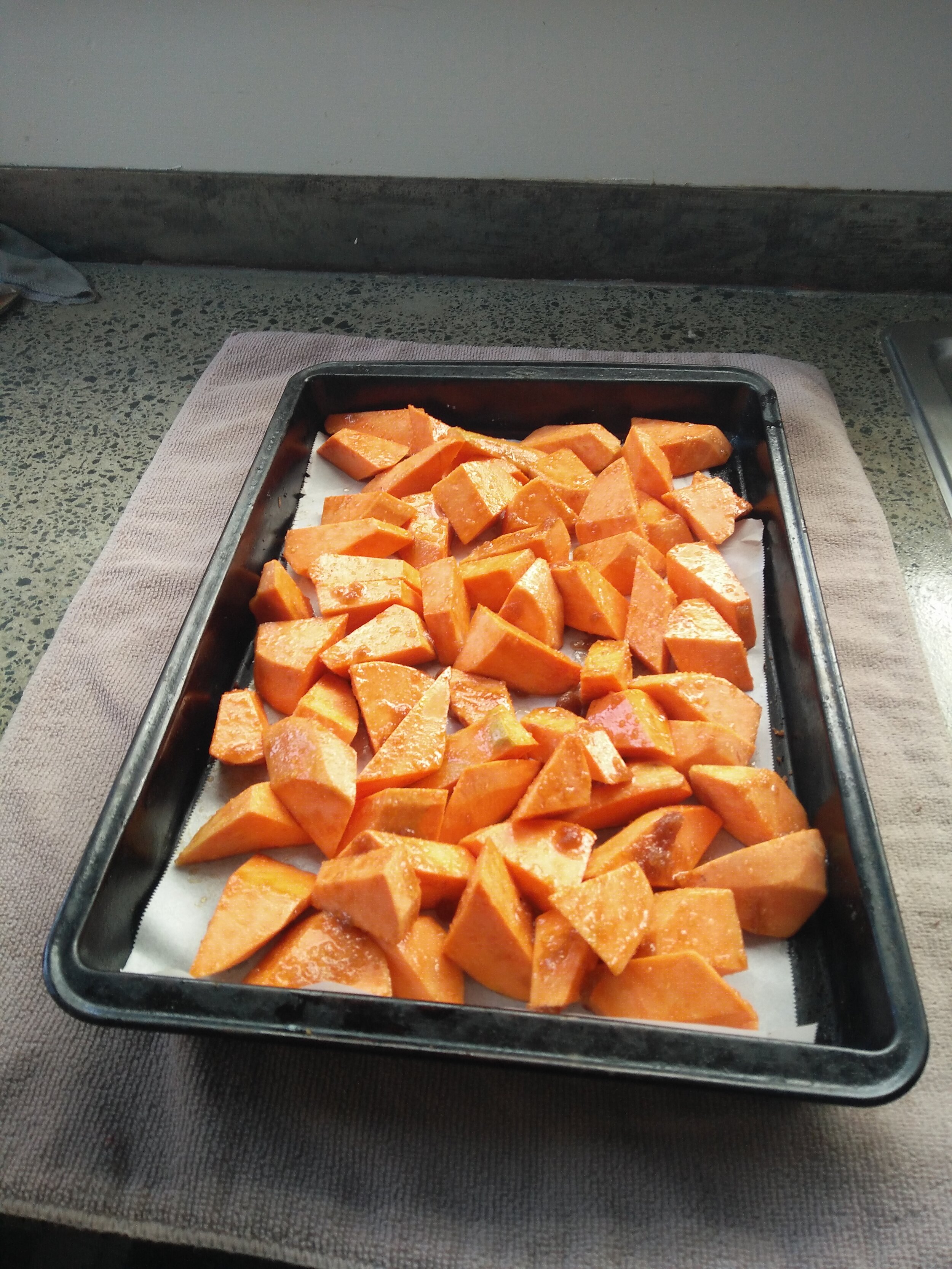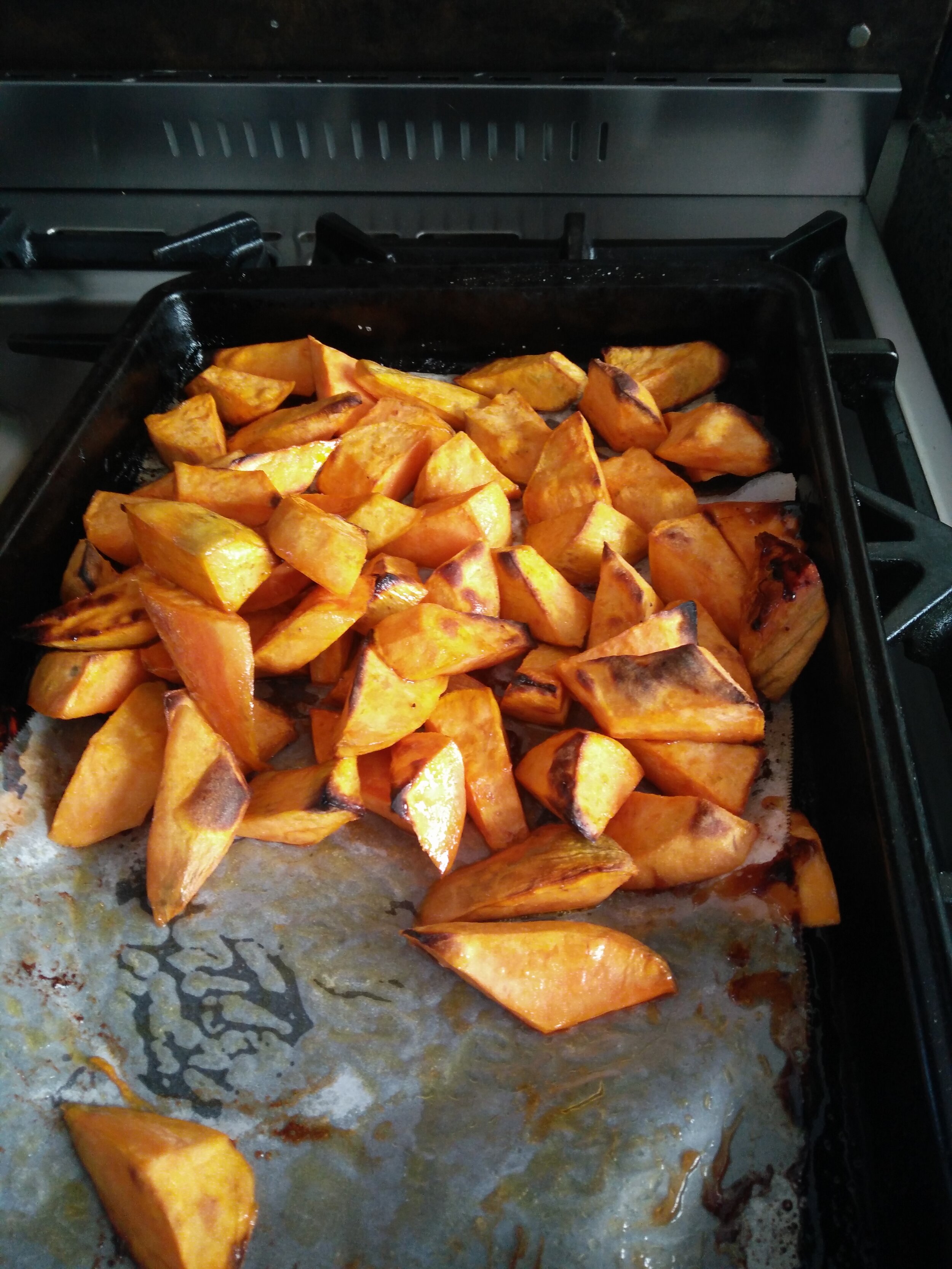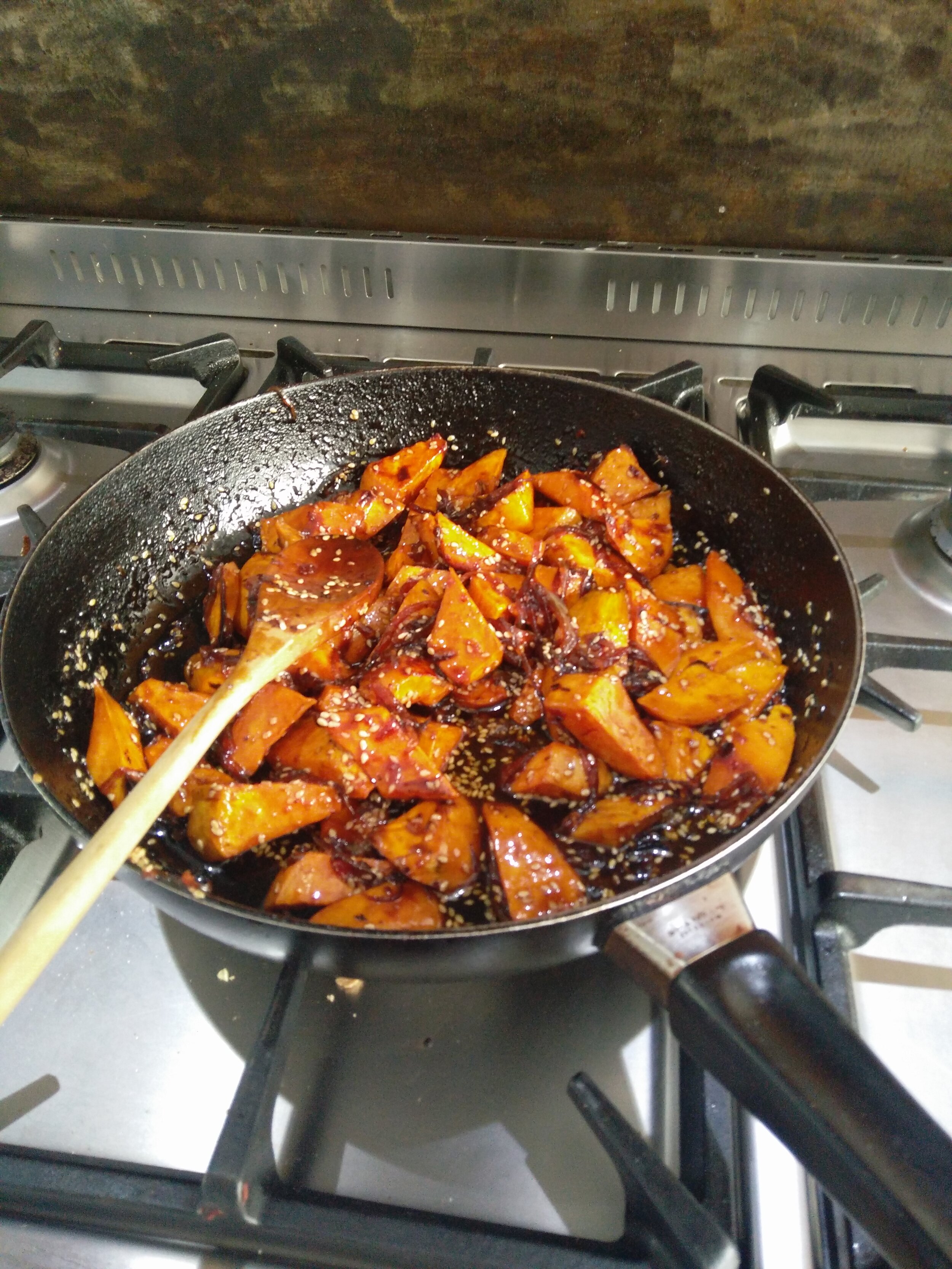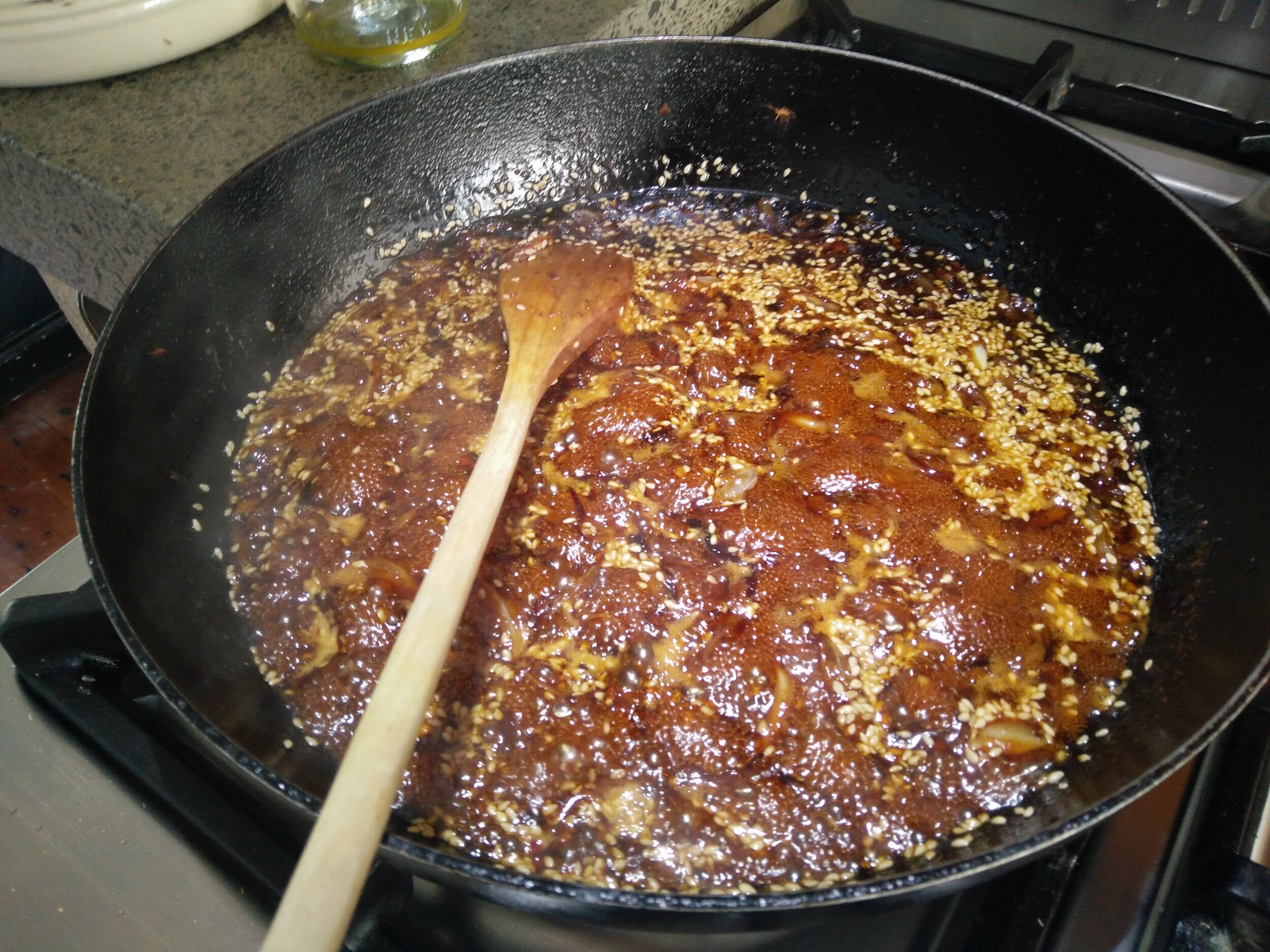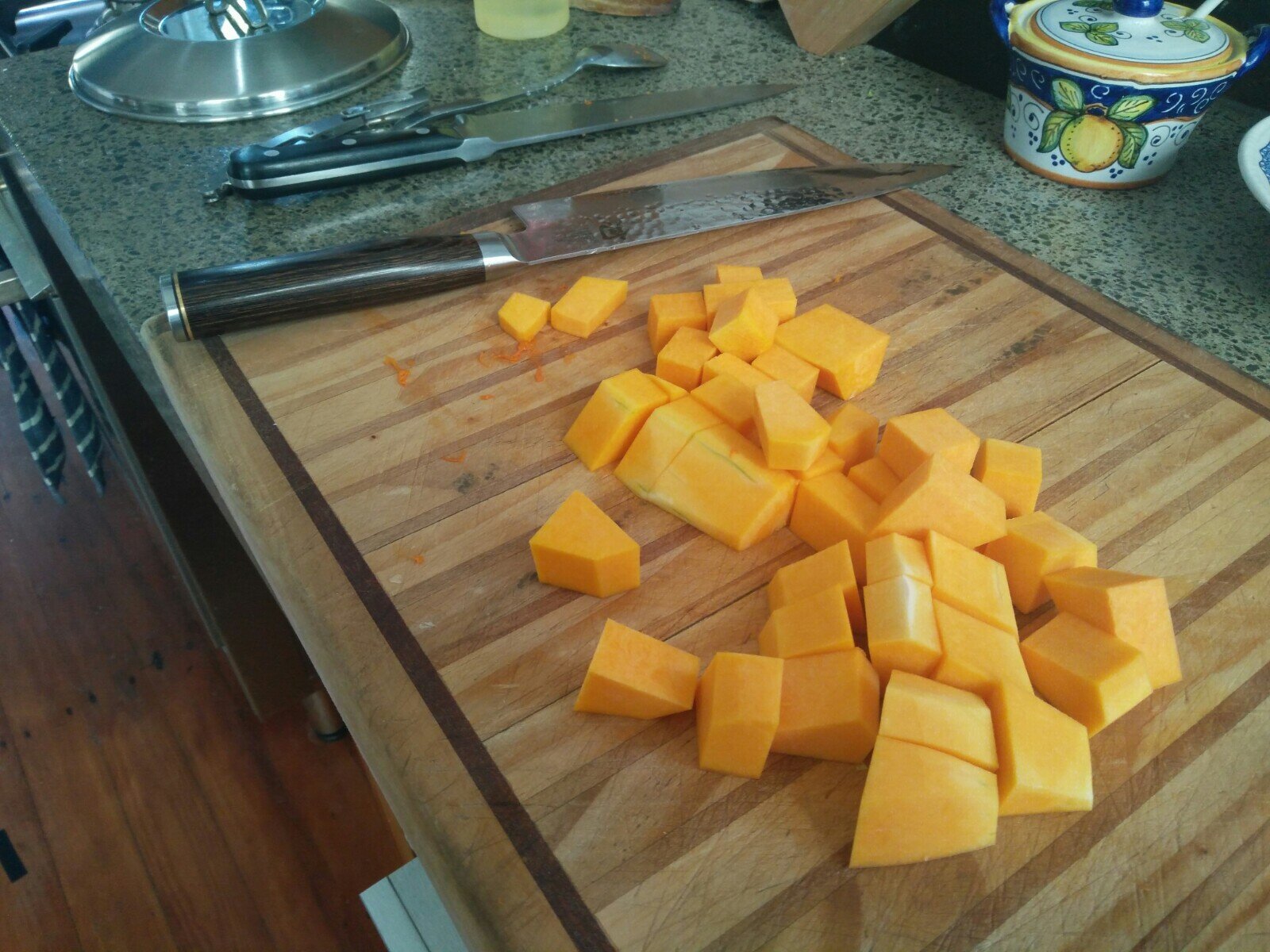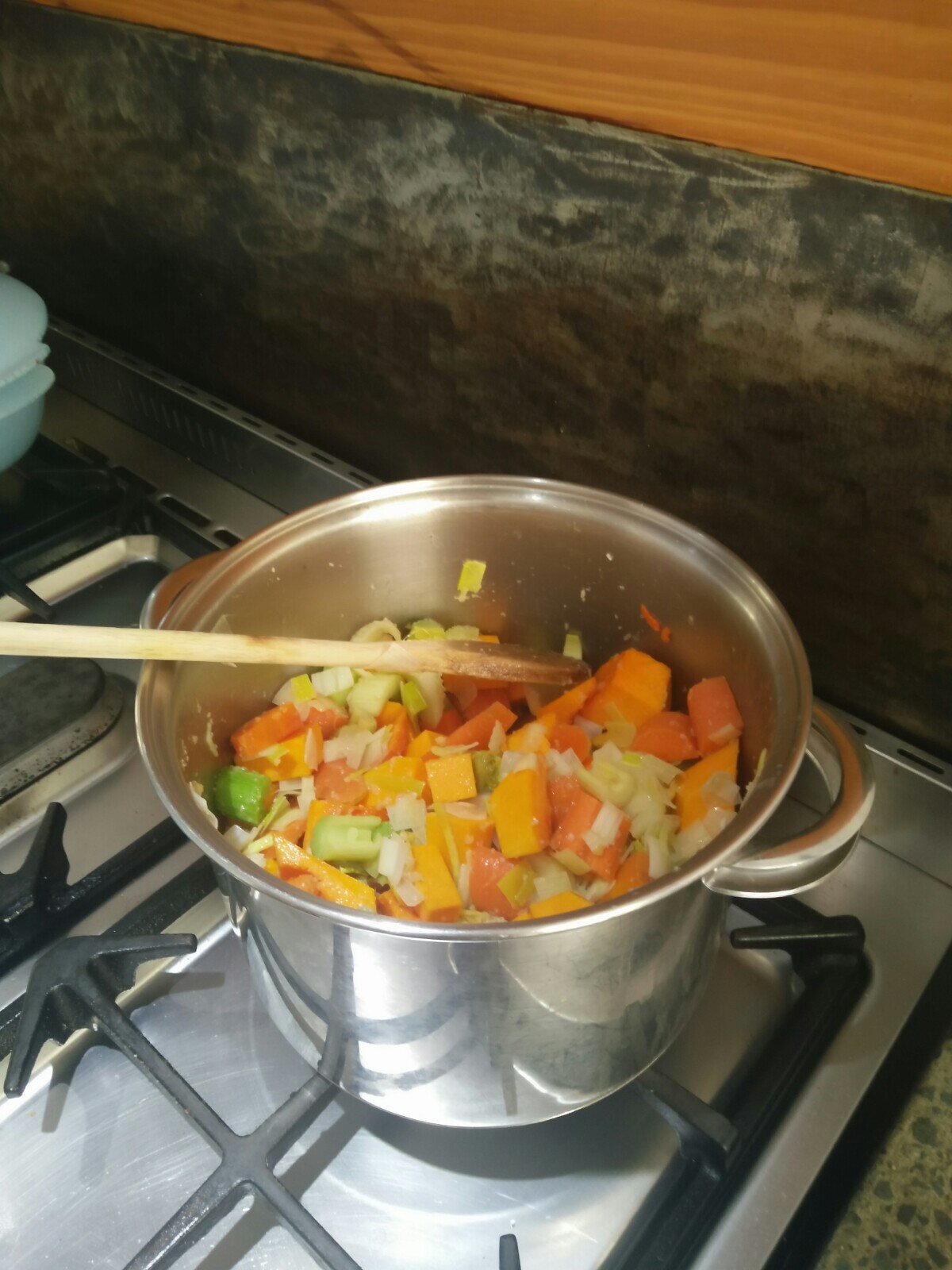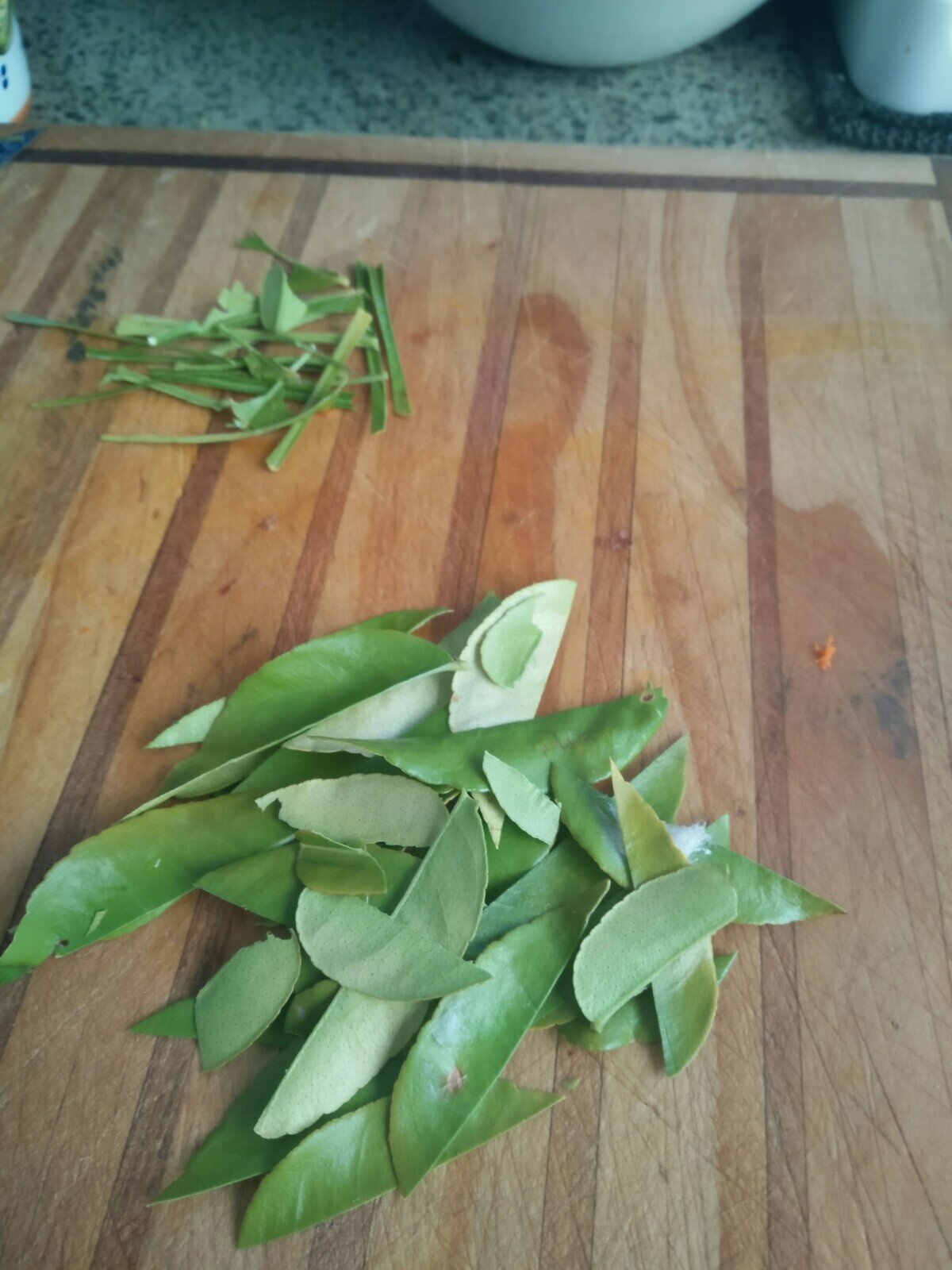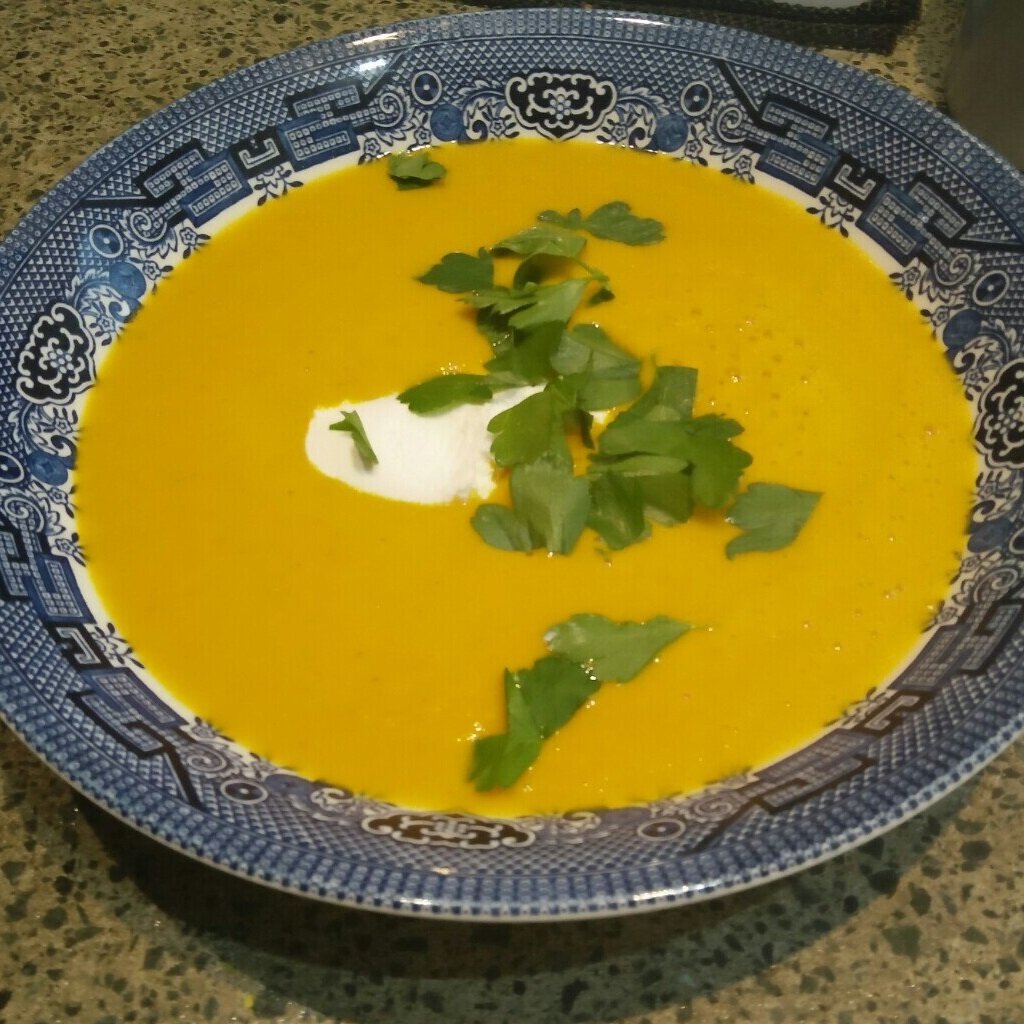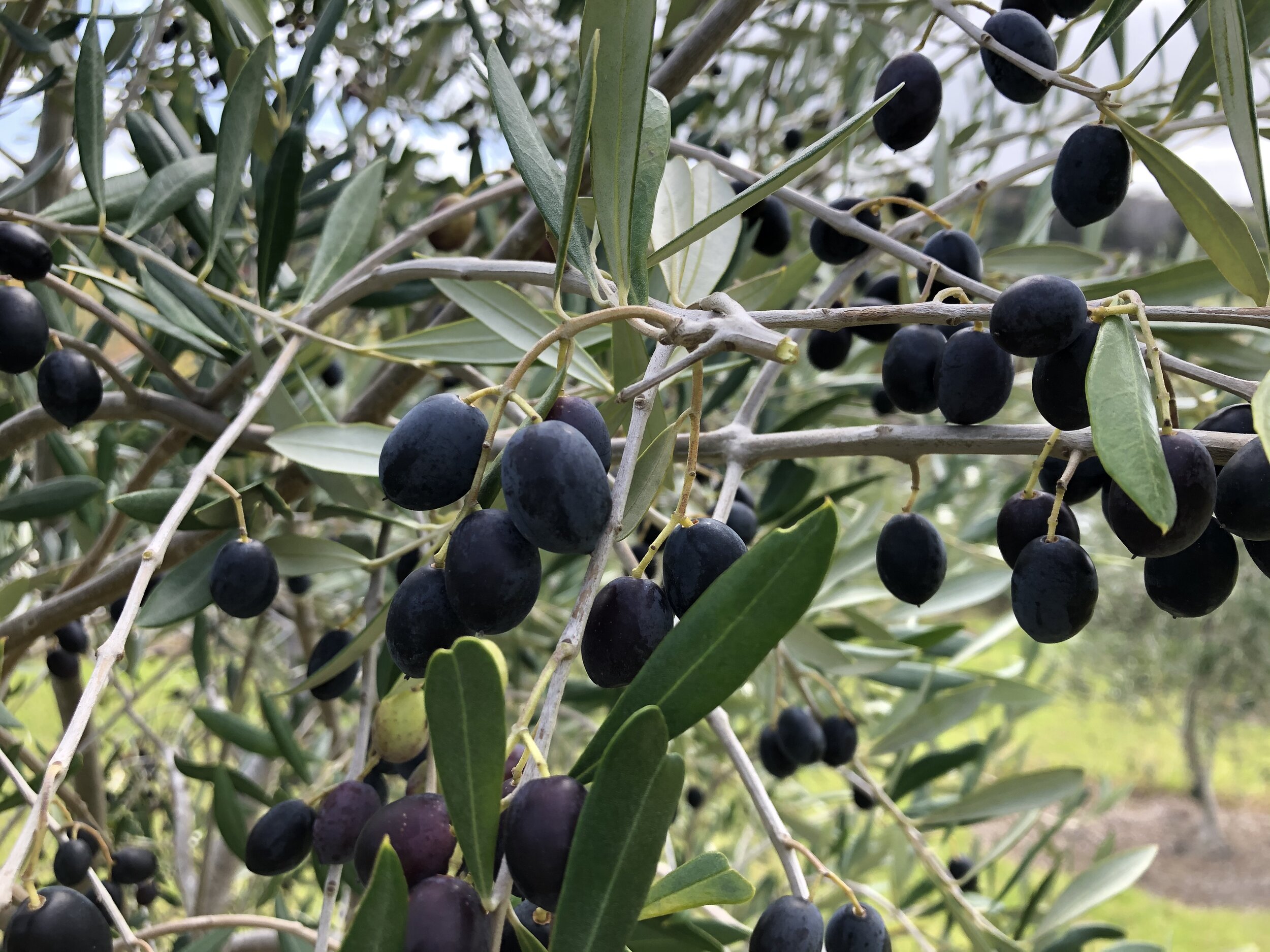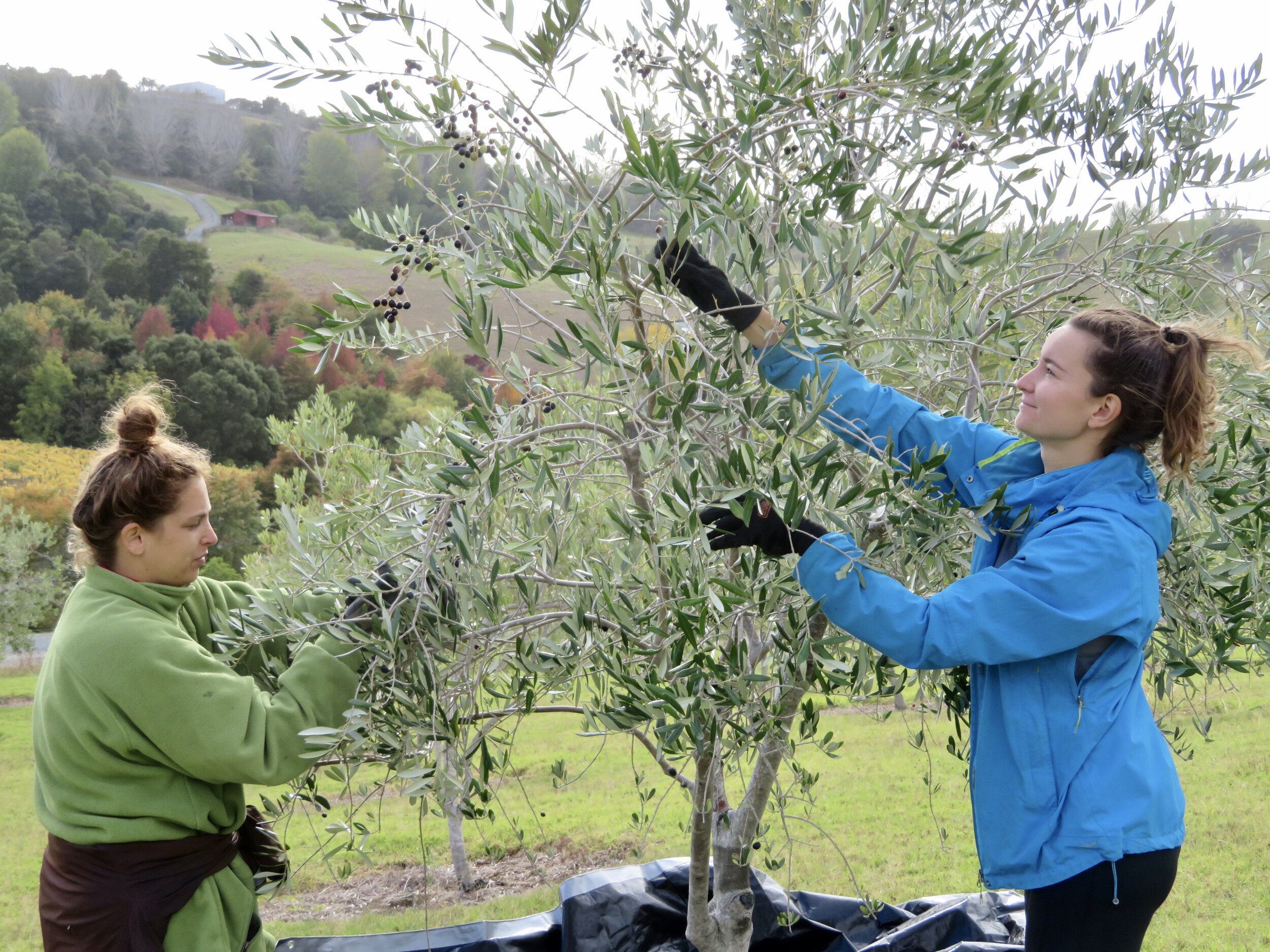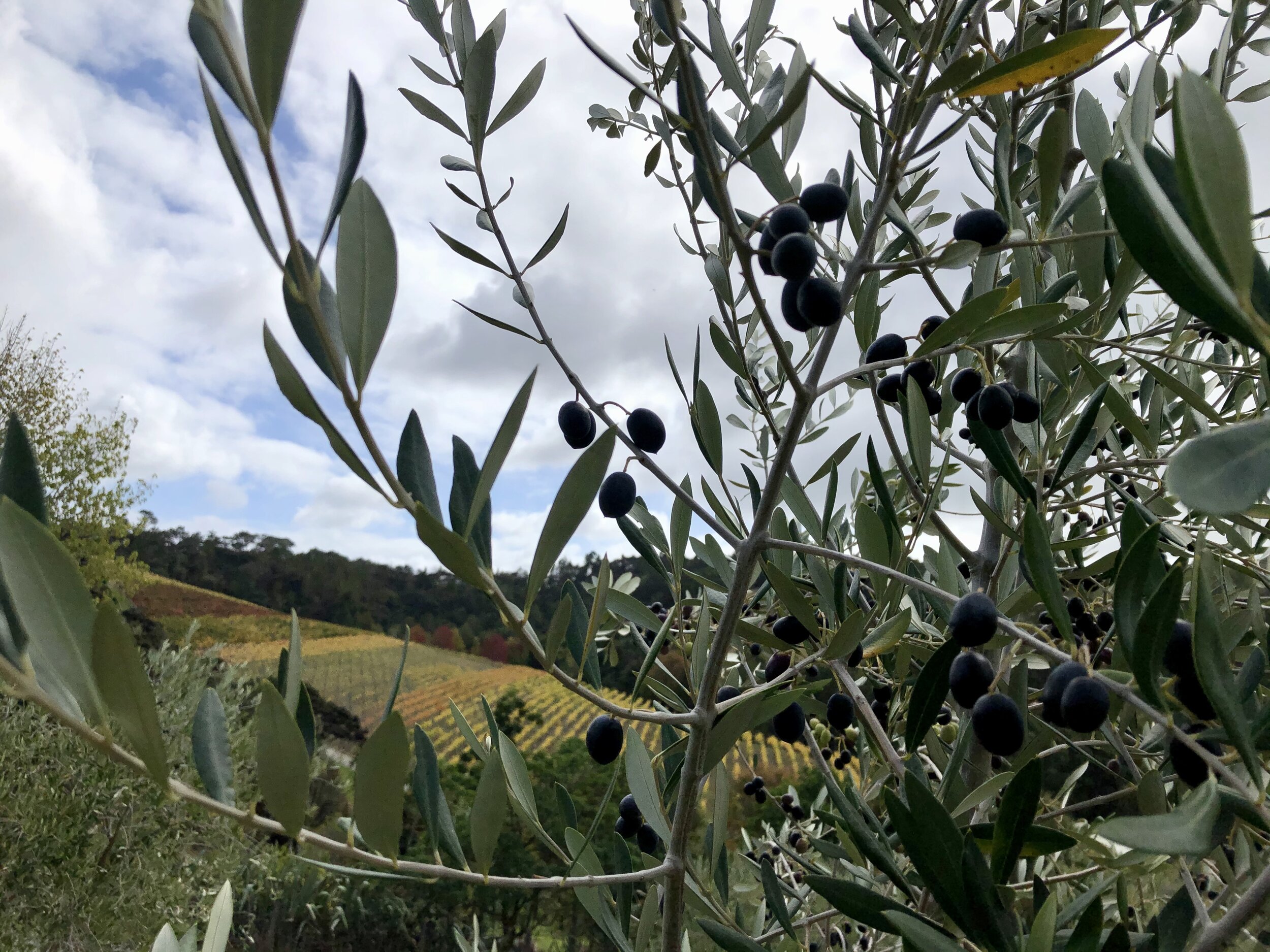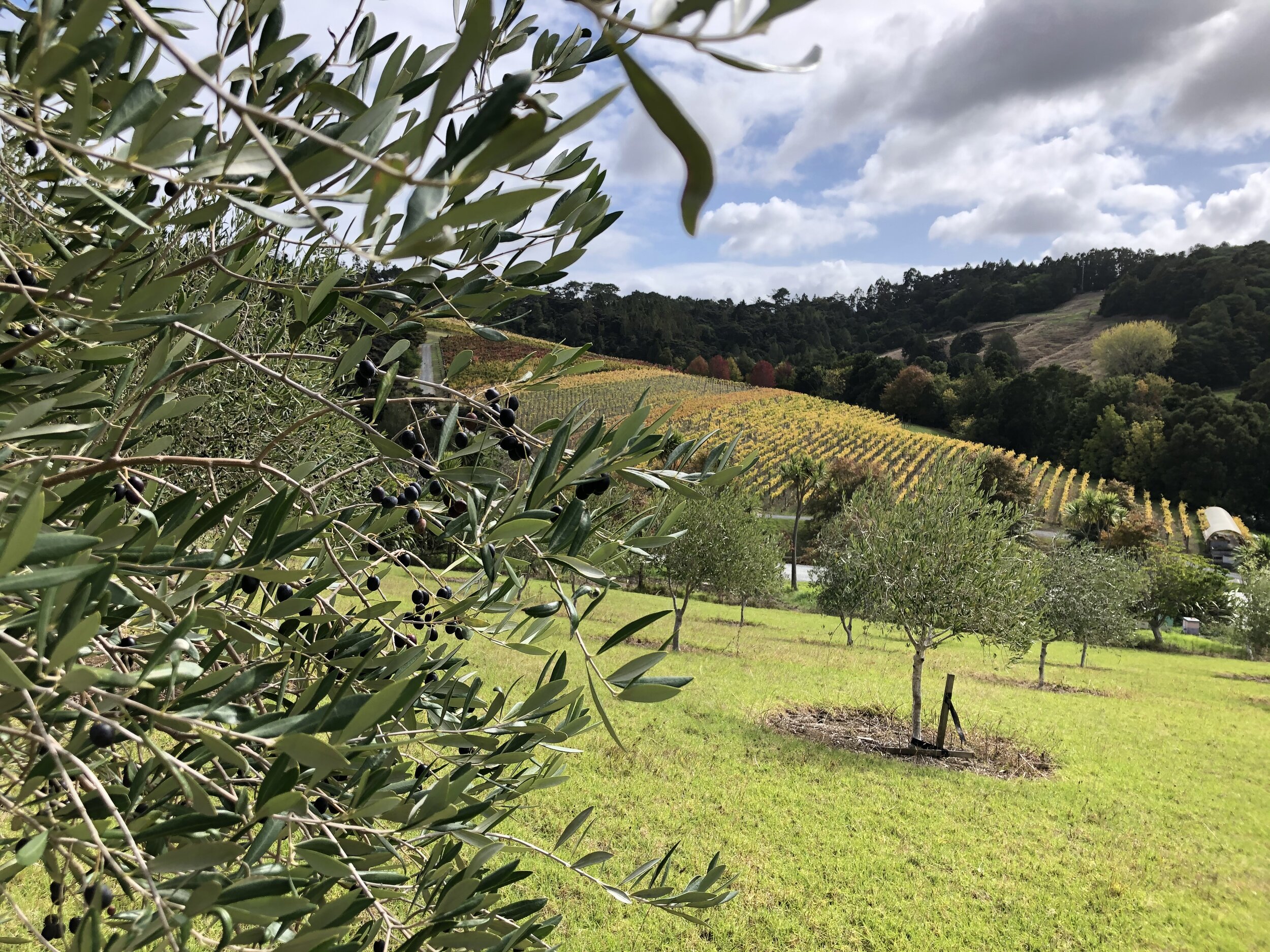Our bar manager and cocktail extraordinaire, Barry, isn't in the Brick Bay lockdown bubble; but when Annett messaged and asked for ideas on what to do with all the citrus at Brick Bay, he replied with a great recipe for a shrub. What's a shrub you ask? It's a fruit syrup that's a tasty addition to cocktails or simply with sparkling water for a healthy, refreshing non-alcoholic drink.
You can make this at home or come and try ours when we're out of lockdown.
The recipe:
A shrub is made by macerating fruit and covering it with sugar, which will turn into syrup. So start by preparing the fruit by washing and cutting off any bad bits. Try not to use bruised or rotting fruit... nice and fresh(ish). Off flavours will carry through, so if you wouldn’t eat it, don’t put it in.
For Makrut lime, lime or lemon only use the flesh. For Orange, blood orange and grapefruit you can leave some zest for those exciting oils to add to the complexity of flavour. Cut the fruit into small pieces.
Once prepped, weigh the fruit and add equal parts sugar, so for example, if you have 200 grams of fruit, then you would add 200 grams of caster sugar. Ideally not brown sugar as we want more of a neutral flavour from the sugar.
Give the sugar and fruit a good stir to mix everything together then cover and leave in the fridge overnight. At this stage, the sugar will not look like syrup. Stir it at least 1-2 times every day for 2-5 days. As the sugar draws out those tasty juices it will start to dissolve and become more of a syrup. The important thing is to taste it every time you stir it, ask yourself "is this a tasty treat or should I leave it for another day?". When you are happy with the syrup, strain through a sieve (or even better, a muslin cloth).
Now here’s the important part - ad equal parts good quality vinegar to your syrup. Different vinegars will bring out completely different flavours. One thing must compliment the other and the right combo can be amazing! A good rule of thumb is light coloured vinegars with light coloured fruit and dark with dark. For citrus, Barry recommends a good quality apple cider vinegar or white wine vinegar.
So as a rule it's a 1-1 ratio of syrup and vinegar but you can build it up slowly to taste and stop at your desired flavour.
Seal it in a sterilised container and it will keep in the fridge for 6-8 weeks. Or you can freeze it and scrape some out with a spoon into a glass when you want to use it.
Last but not least! Give yourself a pat on the back for a job well done.
The Ingredients:
Fruit flesh
Equal parts sugar
Equal parts quality vinegar



